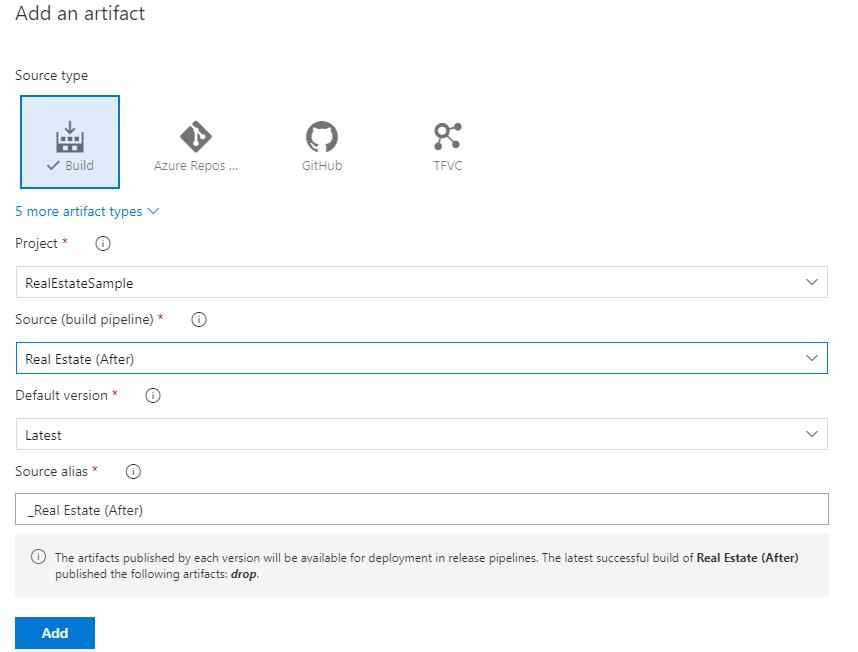
2 minute read
The benefits of MSIX for IT pros
Deployment has always been a pain point not only for developers, but also for IT pros in charge of maintaining the application’s catalog of enterprises with thousands of devices. When it comes to deploying an application within a company, in fact, IT pros can rarely afford to deploy it as is. In most cases, they need to customize the installer to accommodate the requirements of the company, such as specific configurations or branding. To satisfy this need in the past, Microsoft created technologies like App-V and Custom Tools for MSI, which allow you to take the installer provided by a developer and customize the deployment process.
Figure 3: The typical application lifecycle today in the IT pro world, as described by John Vintzel in his session “MSIX: Inside and out” at Ignite 2018
Advertisement
This approach, however, has often created a packaging paralysis within companies. Since applications, customizations, and the operating system are bound together, every time a new update is released, the IT department is required to repackage the application from scratch. This increases costs and time and slows down the company’s ability to release new updates to the employees.
The MSIX packaging format, instead, helps to separate the various aspects of the application deployment, allowing IT pros to independently deploy Windows updates, application updates, or customizations. This way, when a developer releases a new version of the application, or Microsoft publishes a new Windows update, it can be directly deployed without any repackaging process in between.

Figure 4: In the modern IT, all the components of the infrastructure should be able to update independently, as described by John Vintzel in his session “MSIX: Inside and out” at Ignite 2018
MSIX is enterprise-friendly. In addition to supporting new distribution platforms, like the Microsoft Store (including the private versions, the Microsoft Store for Business, and the Microsoft Store for Education), it works just fine with all the existing enterprise management tools, like System Center Configuration Manager and Microsoft Intune. It also supports manual distribution by publishing the package on a website or on a network share.

Figure 5: The modern application lifecycle in the IT Pro world, as described by John Vintzel in his session “MSIX: Inside and out” at Ignite 2018






